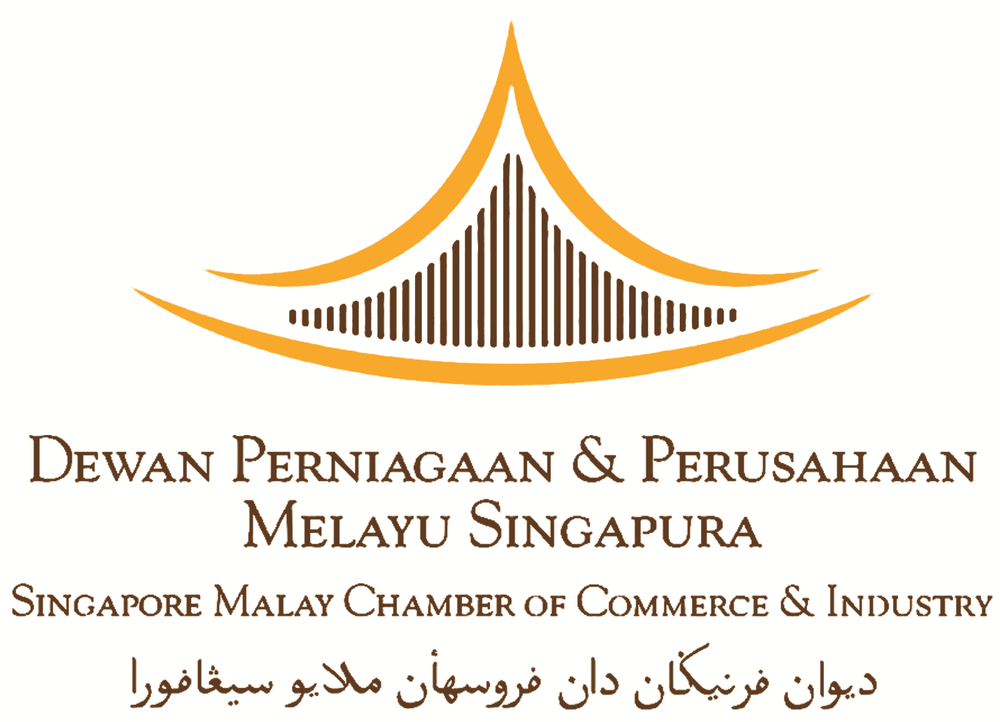What is the Regional Comprehensive Economic Partnership (RCEP)?
On 15th November 2020, Singapore, along with 14 other Asia-Pacific countries, signed the world’s largest trade deal. The Regional Comprehensive Economic Partnership (RCEP) involves all 10 ASEAN members, China, Japan, South Korea, Australia and New Zealand, accounting for about 30% of global GDP and one-third of the world population.
Having taken the better part of 10 years to finalise, the RCEP will progressively lower tariffs, eventually eliminating as much as 92 per cent of the tariffs on imports between its parties within 20 years of coming into effect. It will also look to allow freer movement of goods within the region by allowing participating countries preferential access into growing markets, and allowing companies to export products anywhere within the bloc without having to meet separate requirements for each country, thereby reducing costs and time.
In addition, in establishing a common set of trade rules, the RCEP also sets out provisions in non-traditional areas such as e-commerce, competition policy rights, and intellectual property.
The pact will come into force once six ASEAN countries and three partners have ratified it.
What are the benefits of the RCEP trade pact?
Technically all participating countries would stand to benefit from this agreement – otherwise they would not have signed it.
The extent of how much each individual country would benefit is difficult to assess. After all, many member states already have free trade agreements with each other, albeit with varying limitations. As mentioned above, the key component lies in removing trade barriers across the entire bloc, specifically through the new “rules of origin”.
For example, a product made in Australia could contain components made in Vietnam. A country who has a free trade agreement with Australia might then still face tariffs because parts of the product are made elsewhere.
Under the RCEP, parts from any member nation would be treated equally. This gives businesses with global supply chains an incentive to look to the region for suppliers.
Enhanced market access will also provide strong advantages for certain industries within some countries, such as Vietnam’s telecommunications and textiles sectors, or Thailand’s construction sector.
However, it is expected that countries such as Japan, South Korea, and especially China are likely to benefit the most from this deal. Being the world’s largest trading nation, China already has immense import and export capacities, and the further opening up of markets in the region would be a tremendous boost to its manufacturing sector.
How does this benefit Singapore specifically?
Prior to the RCEP, businesses in Singapore could only tap on the existing Asean-plus-one Free Trade Agreements (FTAs) or other trade agreements between the 10-member regional bloc and individual dialogue partners such as Japan, South Korea and China. This means that different countries had different rules. Now, with a single rule for each product that applies across all 15 countries to the RCEP, Singapore will stand to benefit greatly.
Companies in Singapore can also be more cost-effective with the RCEP trade pact. For materials or ingredients imported from other RCEP countries, they will be considered as originating in Singapore, hence benefitting from preferential tariffs. Perishable goods can also be expected to clear the Customs within six hours of arrival. These are cost savings that could then be passed on to consumers.
Furthermore, greater protection in terms of intellectual property and more competitive options when buying products are highly welcome. The overall prosperity of the ASEAN region will also indirectly impact us through the advantage of having stronger and wealthier trading partners.
As a leading regional hub, the attractiveness of the trading bloc should also compel more investors and companies to position their businesses in Singapore as a gateway to the region.
These benefits will become much more apparent as the world slowly recovers from the current Covid-19 pandemic, and it may well take more than a year for the pact to come into force.
Chief executive of Singapore Business Federation Ho Meng Kit has also advised businesses to start reviewing their current supply sources and considering new markets, in order to reap the full benefits of the RCEP when it takes effect.
Geopolitical concerns
The West largely sees the RCEP as an extension of China’s influence in the region.
That is unfortunate, as the pact originated from ASEAN, when its 10 members first discussed the notion of having a regional economic agreement with its pre-existing free trade partners that could lead to an even wider and more comprehensive economic agreement back in 2011.
ASEAN is also the one that has chaired meetings and negotiations over the RCEP, and the Southeast Asian region’s centrality to the RCEP is more than apparent.
However, it may well come to be that China dominates the RCEP’s subsequent development.
Back in 2017, President Donald Trump pulled the US out of the Trans-Pacific Partnership (TPP), a similarly ambitious trade deal encompassing 14 countries (but excluding China). This was previously seen to be a not-so-secret attempt to act as a counterweight to China’s influence.
In the wake of America’s withdrawal, the TPP was renamed the Comprehensive and Progressive Agreement for Trans-Pacific Partnership (CPTPP) and it presently still includes seven RCEP members. However, while the CPTPP involves greater elimination of tariffs than the RCEP and also includes provisions on labour and environmental standards, the RCEP's market size is nearly five times greater than that of the CPTPP, with almost double its annual trade value and combined GDP. This goes to show just how keenly felt the US’ absence is.
Similarly, the RCEP’s inclusion of India was also meant to serve as a balance to China. The popular narrative of Sino-American rivalry in the region is not one that ASEAN is keen to foster. Security and prosperity in the Indo-Pacific region can only be assured with ASEAN at its core, representing the regional common interest and managing a "dynamic equilibrium" in which neither China nor the US dominates the region. In that sense, the RCEP might be seen to have a potentially dangerous defect in how much influence has swung to the side of China.
Of course, the RCEP does allow for any country to join 18 months after it comes into force. The possibility that India, America, and perhaps even Russia may be part of the pact in the future must be left open. There are certain encouraging signs from the US, now that the presidency has fallen to Joe Biden, whose foreign policy is likely to be more regionally engaged.
Until then, ASEAN, with Singapore as an important part of it, must continue to secure leadership of RCEP's implementation, and down the path of ASEAN centrality.
Read also: What is Google My Business and How Can It Benefit Businesses?
Read also: Community Integration Fund (CIF) Workplace Integration Resource (WIRe) - OneWorkplace.Sg
-------------------------------------------------------------------------------------------------------
Not sure whether your company can be qualified for bank loans or alternative lending? Try our A.I assisted loan, and Smart Towkay team will send you a lending report within 24 hours' time. With the lending report, we aggregate and recommend the highest chance of approval be it with BANKS / FINANCIAL INSTITUTIONS or Alternative lenders like Peer to Peer Lenders or even B2B lender!
Got a Question?
WhatsApp Us, Our Friendly Team will get back to you asap :)
Share with us your thoughts by leaving a comment below!
Stay updated with the latest business news and help one another become Smarter Towkays. Subscribe to our Newsletter now!
 Real CBS Makeovers: 3 Case Studies of SME Owners Who Turned Bad Credit Around
Real CBS Makeovers: 3 Case Studies of SME Owners Who Turned Bad Credit Around Ask SmartLend: Why Did My SME Loan Get Rejected?
Ask SmartLend: Why Did My SME Loan Get Rejected? Introducing SmartLend Concierge: A Helping Hand for SME Loans
Introducing SmartLend Concierge: A Helping Hand for SME Loans Legal Ways to Lighten Your Company’s Tax Burden in Singapore
Legal Ways to Lighten Your Company’s Tax Burden in Singapore A Wake-Up Call on Director Duties: The Envy Saga and Other Cautionary Tales in Singapore
A Wake-Up Call on Director Duties: The Envy Saga and Other Cautionary Tales in Singapore






_940.png)




